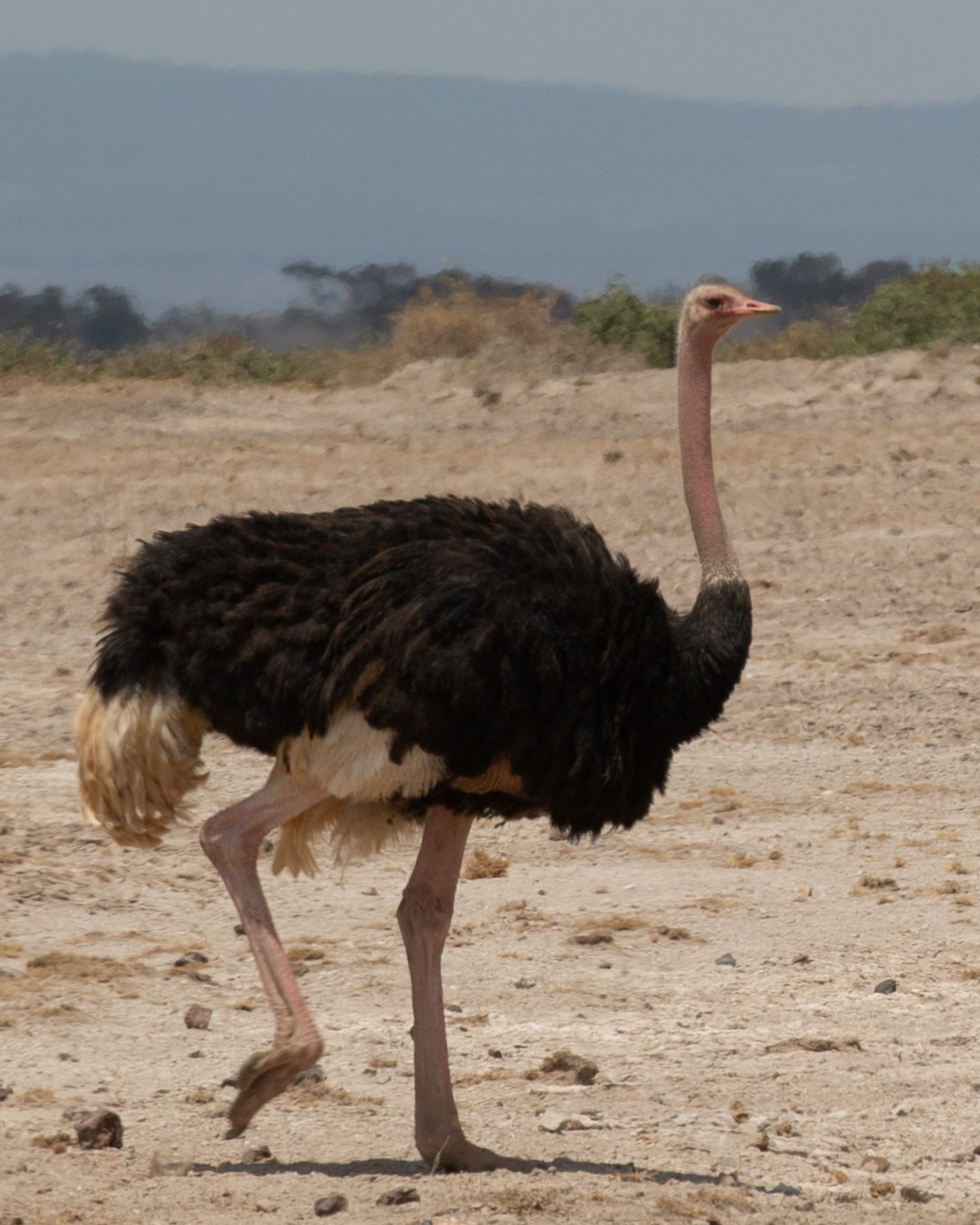With their towering height, powerful legs, and striking feathers, ostriches have long fascinated humans. But beyond their captivating appearance, ostriches have proven to be a valuable source of meat, leather, and even oil. In recent years, the global demand for ostrich products has surged, leading to a boom in ostrich farming around the world. But what is driving this trend, and what are the benefits and challenges of raising ostriches for commercial purposes?
According to experts, ostrich farming is on the rise due to a combination of factors, including increasing global demand for exotic meats and luxury goods, as well as the unique qualities of ostrich products. Ostrich meat is lean, high in protein, and low in fat and cholesterol, making it a popular choice among health-conscious consumers. Ostrich leather, which is known for its durability and distinctive grain pattern, is used in high-end fashion accessories, such as handbags and boots. And ostrich oil, which is extracted from the fat of the bird, is used in cosmetics and other skincare products due to its high content of antioxidants and fatty acids.
But the benefits of ostrich farming extend beyond just the economic value of their products. Ostriches are also relatively low-maintenance animals, requiring less food, water, and space than other livestock such as cattle or pigs. They are also hardy and adaptable, able to survive in a range of climates and conditions. Additionally, ostriches have a relatively low environmental impact, as they produce less greenhouse gases and require less land than traditional livestock.
However, like any form of animal agriculture, ostrich farming also comes with its challenges and controversies. Some animal rights groups have criticized the practice of raising ostriches for their meat, feathers, and leather, citing concerns over animal welfare and ethical treatment. Additionally, ostrich farming can be a risky business, as the birds are susceptible to a range of diseases and health issues. Furthermore, the high cost of raising ostriches, including the expense of building and maintaining large enclosures, can make it a difficult and expensive venture for small-scale farmers.
Overall, the rise of ostrich farming reflects a growing global interest in alternative forms of livestock production and sustainable agriculture. While the benefits and challenges of ostrich farming are complex, it is clear that these majestic birds have much to offer in terms of economic and environmental sustainability, as well as cultural significance and fascination.




